
U.S. Class 1 rail employment rose in August
According to data from the Surface Transportation Safety Board, Class 1 railroad employment rose in August to its highest level since December 2020.

According to data from the Surface Transportation Safety Board, Class 1 railroad employment rose in August to its highest level since December 2020.
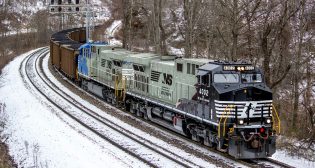
For the most part, the employment story at U.S. railroads during the past couple of years has been dismal. The words fear, layoff, furlough, cut, and fire have peppered nearly all news stories on the subject. PSR “adjustments” and Covid have mostly driven the reduction in the workforce.

After over a year of continuous declines in Class 1 railroad employment, two things happened in February 2021.
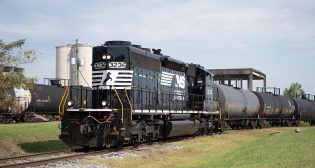
For nearly a year, RT&S and other news outlets have reported continuous annual and monthly declines in rail employment. As the pandemic has impacted business activity and PSR has resulted in the
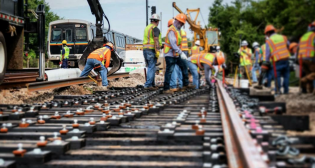
It should come as no surprise that Class 1 rail employment posted another drop in June. The double whammy of the pre-pandemic recession and COVID-19 lockdowns has stifled economic activity, and the
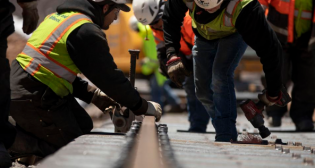
Since before the worldwide pandemic hit, rail employment levels had been shrinking for many months. Declining traffic volume, especially reductions in coal movements, were considered the key culprits. Now, add the horrific
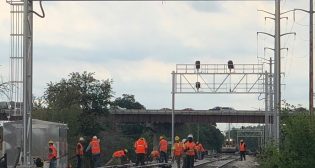
FreightWaves is reporting that railroad employment in the United States, which has been falling continuously during the past year, continues to nosedive. January 2020 saw a 12.4 percent decrease in employment compared

FreightWaves is reporting that Class 1 rail employment in December 2019, 131,486 workers, was the lowest number since January 2012. This data was provided by the Surface Transportation Board. These numbers represent
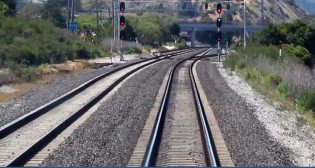
Freightwaves is reporting that Surface Transportation Board data indicates that November 2019 Class 1 employment totals were 133,225, or 10.6% lower than November 2018.

According to Surface Transportation Board statistics, the total number of railroad employees dropped from 148,171 in September 2018 to 136,865 in September 2019. That is 11,306 fewer employees, or -7.63% year over year.
Train and engine employment on major U.S. railroads climbed by almost 7.5 percent in March 2011 to 62,627, versus March 2010, according to U.S. Surface Transportation Board data.
The 7.47 percent increase in train and engine employment is more than double the increase in any other craft.
The total Class 1 workforce totaled almost 156,000 in mid-March 2011, up almost 4.5 percent from March 2010.
The increased headcount reflects the rise in carloadings, especially intermodal, and an economy climbing out of recession.
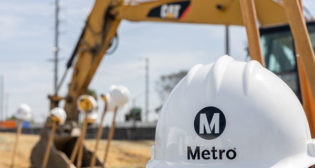
LOS ANGELES – “Women Breaking Ground”, a website dedicated to giving women information about joining an apprenticeship readiness training program and other resources.
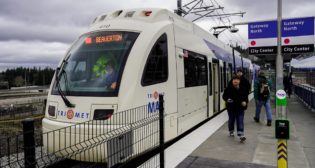
PORTLAND ––The Gateway Transit Center reopened to MAX trains Monday, March 4, with its first expansion in nearly 40 years.

RAILWAY TRACK AND STRUCTURES DECEMBER 2023 ISSUE –– CHICAGO –– I was fortunate to participate in the Railway Age/Railway Track and Structures “Women in Rail” conference in Chicago on November 2, 2023.

WASHINGTON, D.C. – The U.S. Department of Transportation announced the Biden-Harris Administration has awarded over $645 million from the Rural Surface Transportation Grant Program.
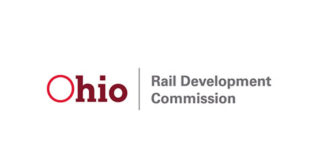
COLUMBUS, Ohio – The Ohio Rail Development Commission has approved federal grants for several rail projects.
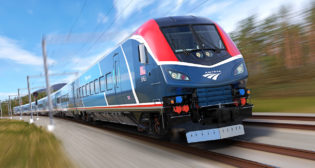
The production of new Amtrak Airo™ trains is “boosting business nationwide as manufacturing ramps up,” benefiting communities across the country through the creation of new, sustainable, engineering and manufacturing jobs with more than 3,500 parts manufactured by nearly 100 suppliers in 31 states, the passenger railroad company announced Oct. 12.

DALLAS, Texas – DART announces in a news release it will begin construction in Plano at its 12th Street Station on August 26th.
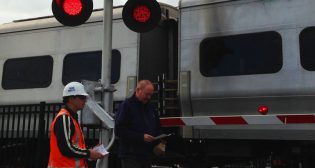
LONG ISLAND – The Metropolitan Transportation Authority released a report detailing LIRR’s excessive work hours and the risk of worker fatigue.
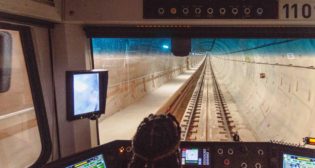
The Los Angeles County Metropolitan Transportation Authority (Metro) on May 22 announced that the $1.8 billion Regional Connector transit project, which will take riders from Azusa to Long Beach and from East L.A. to Santa Monica on one train, will officially open to the public on June 16.